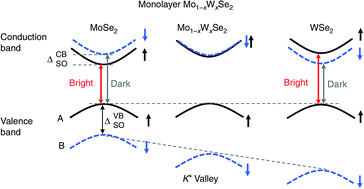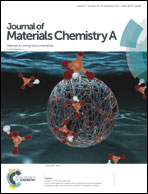Tungsten dichalcogenides (WS2, WSe2, and WTe2): materials chemistry and applications
Abstract
Tungsten is the heaviest transition metal in the family of common transition metal dichalcogenides (TMDCs). Despite the essential similarities of TMDCs, the considerable differences in the size and charge of the building elements can make the typical 2D layered structure suitable for various applications. There is not much flexibility on the chalcogen side, as the popular elements are S and Se. Following the successful history of transition metal sulphides in various applications, transition metal selenides are now the rising stars. On the transition metal side, WS2 and WSe2 have recently attracted considerable attention. In comparison with the Mo counterparts, W is more abundant in the Earth's crust and thus cheaper, and less toxic. The significantly larger size of W atoms can substantially tune the TMDC properties. The popularity of molybdenum dichalcogenides has somehow overshadowed the potentials of tungsten dichalcogenides. This manuscript attempts to collect the recent reports on various applications of WS2 and WSe2 to provide a general overview of tungsten dichalcogenides. Due to the popularity of sulphides, the prime focus of the present review is on WSe2, which is an emerging member of this family. Although WTe2 is not a common material like all transition metal tellurides, it is also briefly reviewed as a member of this sub-family of TMDCs owing to its unique properties, which named it as a potential candidate for giant magnetoresistance and superconductivity.

- This article is part of the themed collection: Recent Review Articles


 Please wait while we load your content...
Please wait while we load your content...